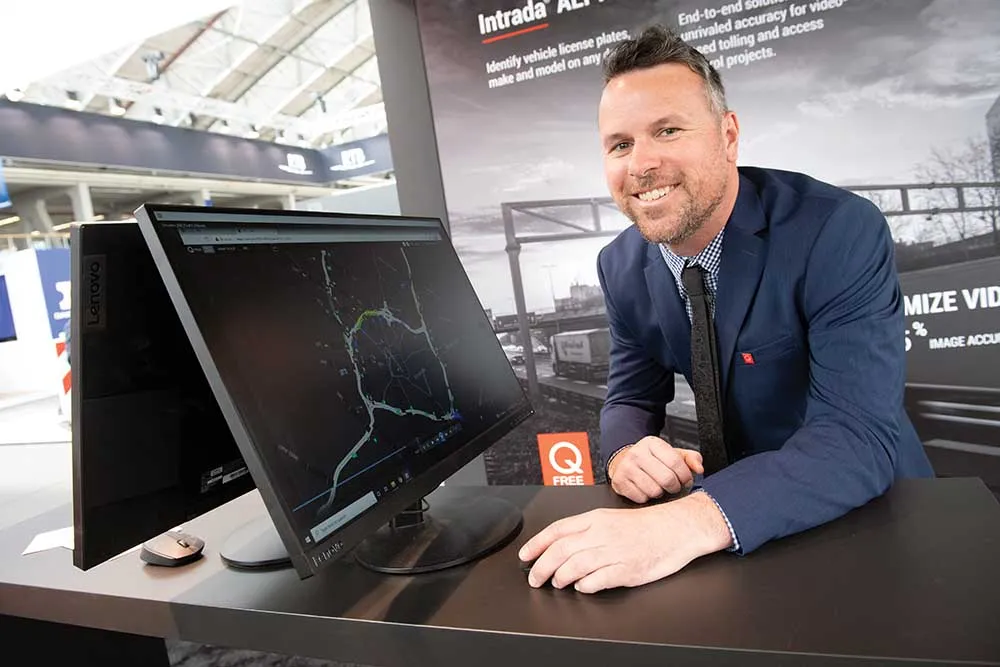India’s Hyderabad Metropolitan Development Authority (HMDA) has developed its Comprehensive Transportation Plan-2014 for Hyderabad Metropolitan Area and a draft Intelligent Transportation System (ITS) Master Plan and is seeking public comments and suggestions.
The Comprehensive Transportation Plan, prepared by consultants LEA Associates, envisages a total investment of US$35 billion over the next thirty years. It includes travel demand forecasts up to the year 2041 and proposes the expansion of Metro Rai
November 28, 2013
Read time: 2 mins
India’s Hyderabad Metropolitan Development Authority (HMDA) has developed its Comprehensive Transportation Plan-2014 for Hyderabad Metropolitan Area and a draft Intelligent Transportation System (ITS) Master Plan and is seeking public comments and suggestions.
The Comprehensive Transportation Plan, prepared by consultants LEA Associates, envisages a total investment of US$35 billion over the next thirty years. It includes travel demand forecasts up to the year 2041 and proposes the expansion of Metro Rail, the multi-modal transport system (MMTS) and highways network and introduction of a bus rapid transport system (BRTS).
“It has also proposed an Intercity express transit system to come up on separate lines connecting major cities and centres around the city with a journey time of one to two hours,” said HMDA Commissioner Neerabh Kumar Prasad.
The ITS Master Plan has been submitted by a Japan International Cooperation Agency (JICA) study team and looks at improved safety, reduction in travel time and cost by providing real time information. It proposes a total investment of more than US$200 million.
The data for ITS would be collected through roadside equipment such as CCTV, automatic traffic counter-classifier, weather stations, sensors for data on flood, pollution and road conditions. This data would be processed at two new control centres and then disseminated to road users through SMS, FM Radio, variable message signs and in-vehicle navigation systems.
The Comprehensive Transportation Plan, prepared by consultants LEA Associates, envisages a total investment of US$35 billion over the next thirty years. It includes travel demand forecasts up to the year 2041 and proposes the expansion of Metro Rail, the multi-modal transport system (MMTS) and highways network and introduction of a bus rapid transport system (BRTS).
“It has also proposed an Intercity express transit system to come up on separate lines connecting major cities and centres around the city with a journey time of one to two hours,” said HMDA Commissioner Neerabh Kumar Prasad.
The ITS Master Plan has been submitted by a Japan International Cooperation Agency (JICA) study team and looks at improved safety, reduction in travel time and cost by providing real time information. It proposes a total investment of more than US$200 million.
The data for ITS would be collected through roadside equipment such as CCTV, automatic traffic counter-classifier, weather stations, sensors for data on flood, pollution and road conditions. This data would be processed at two new control centres and then disseminated to road users through SMS, FM Radio, variable message signs and in-vehicle navigation systems.








